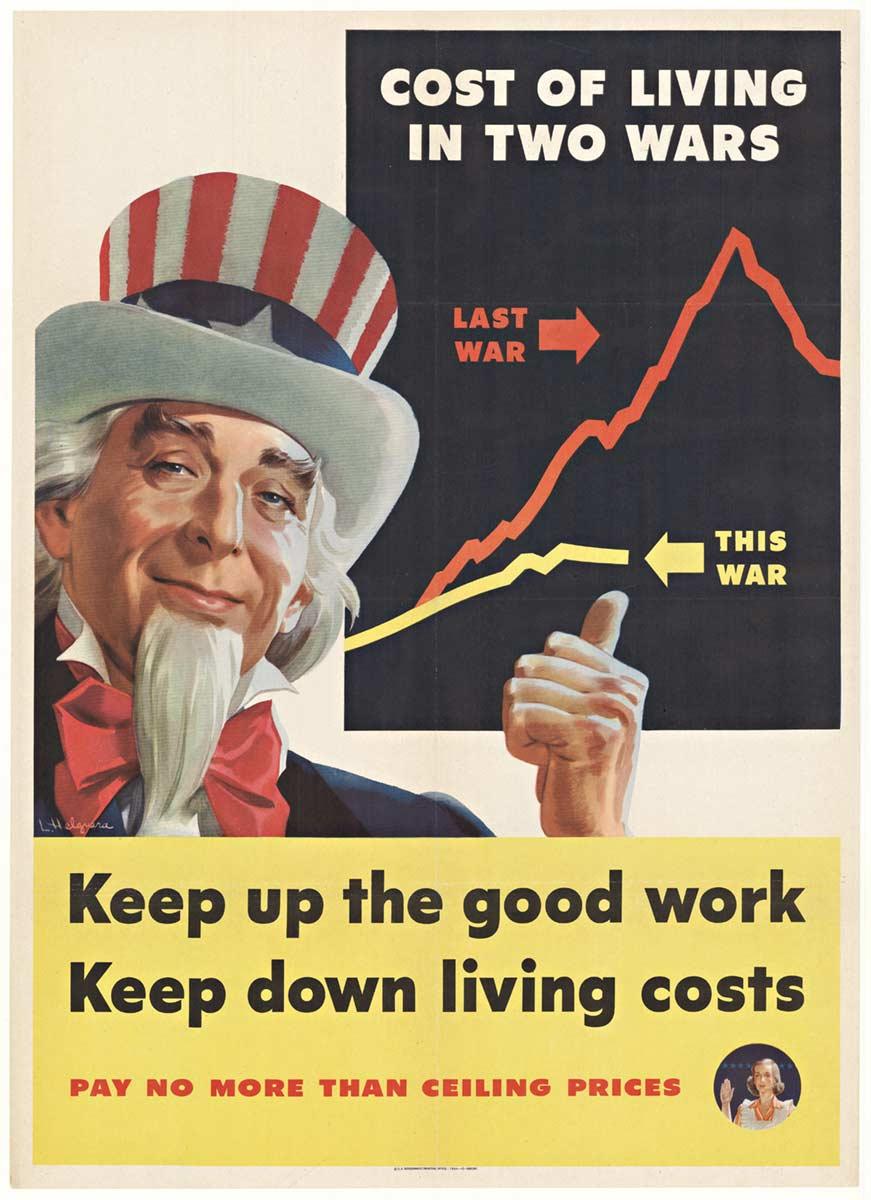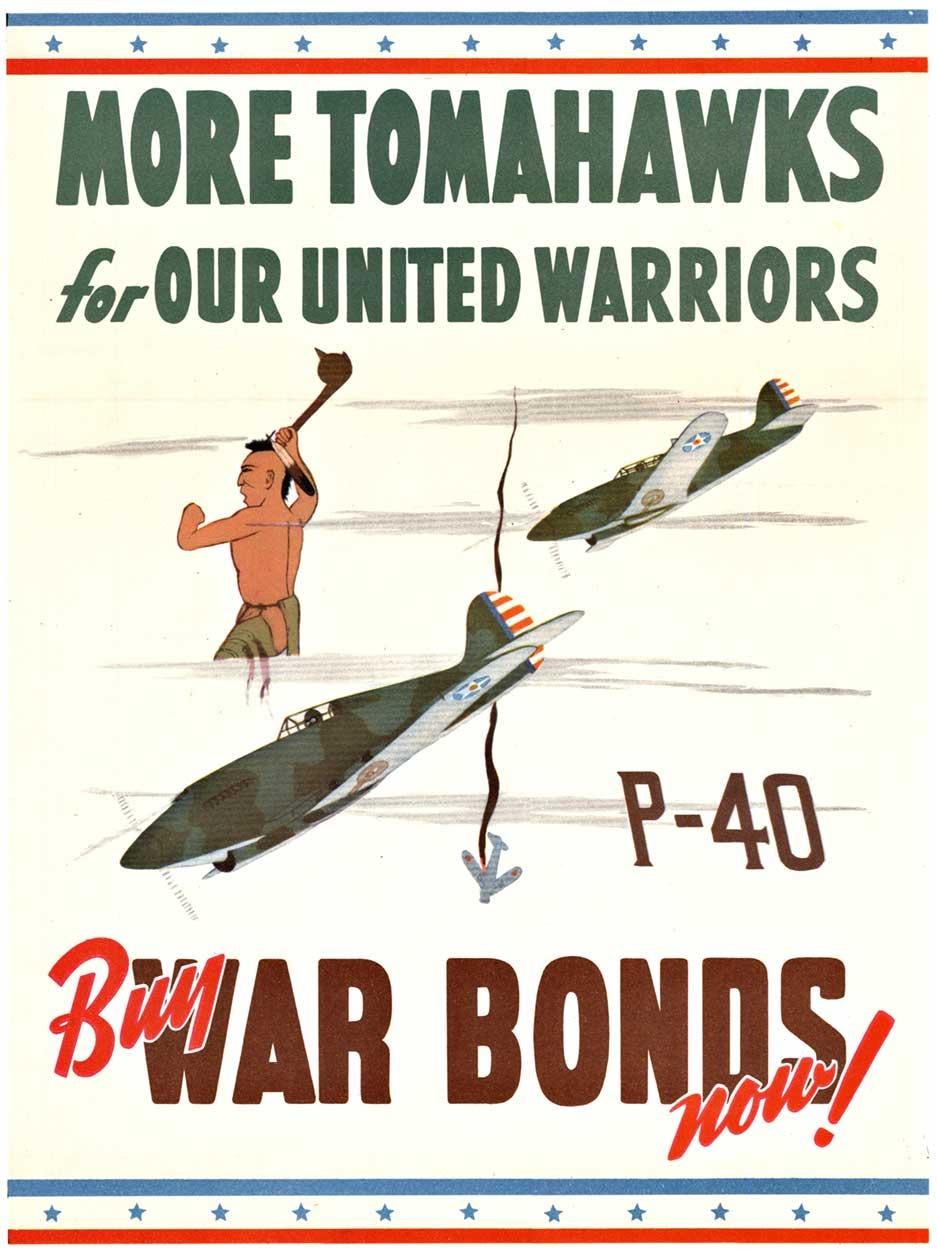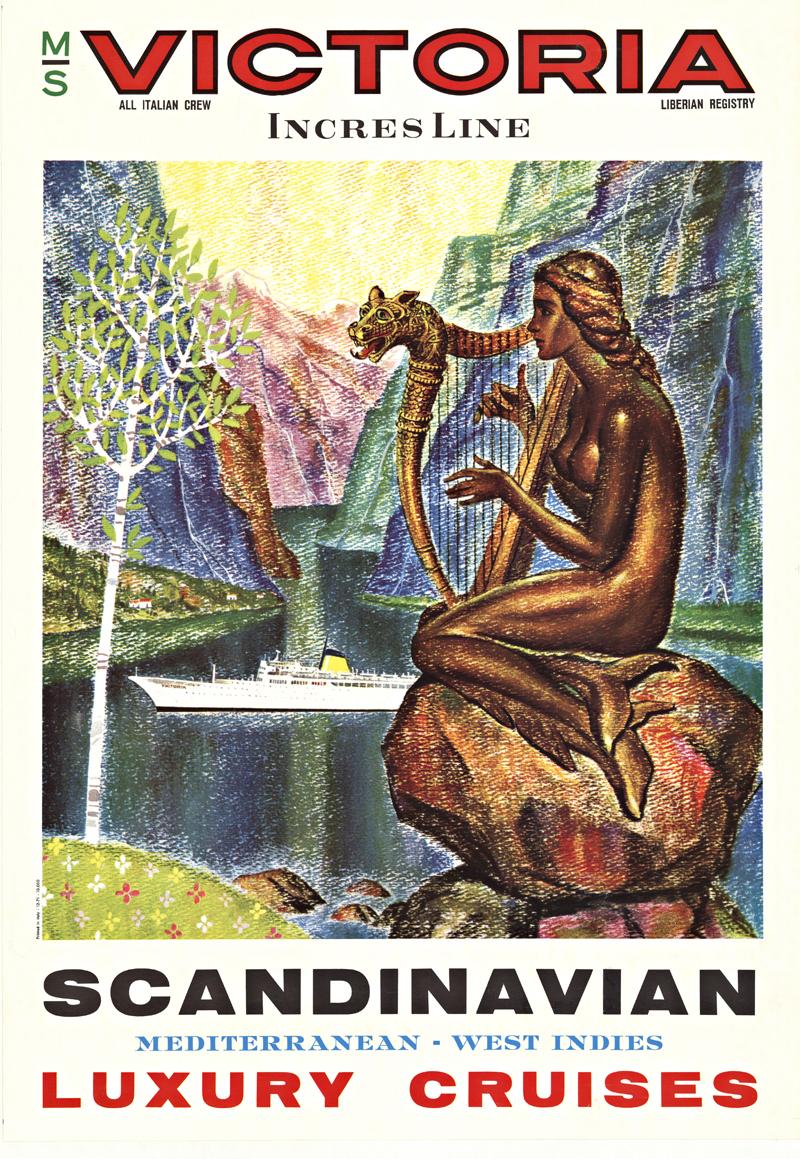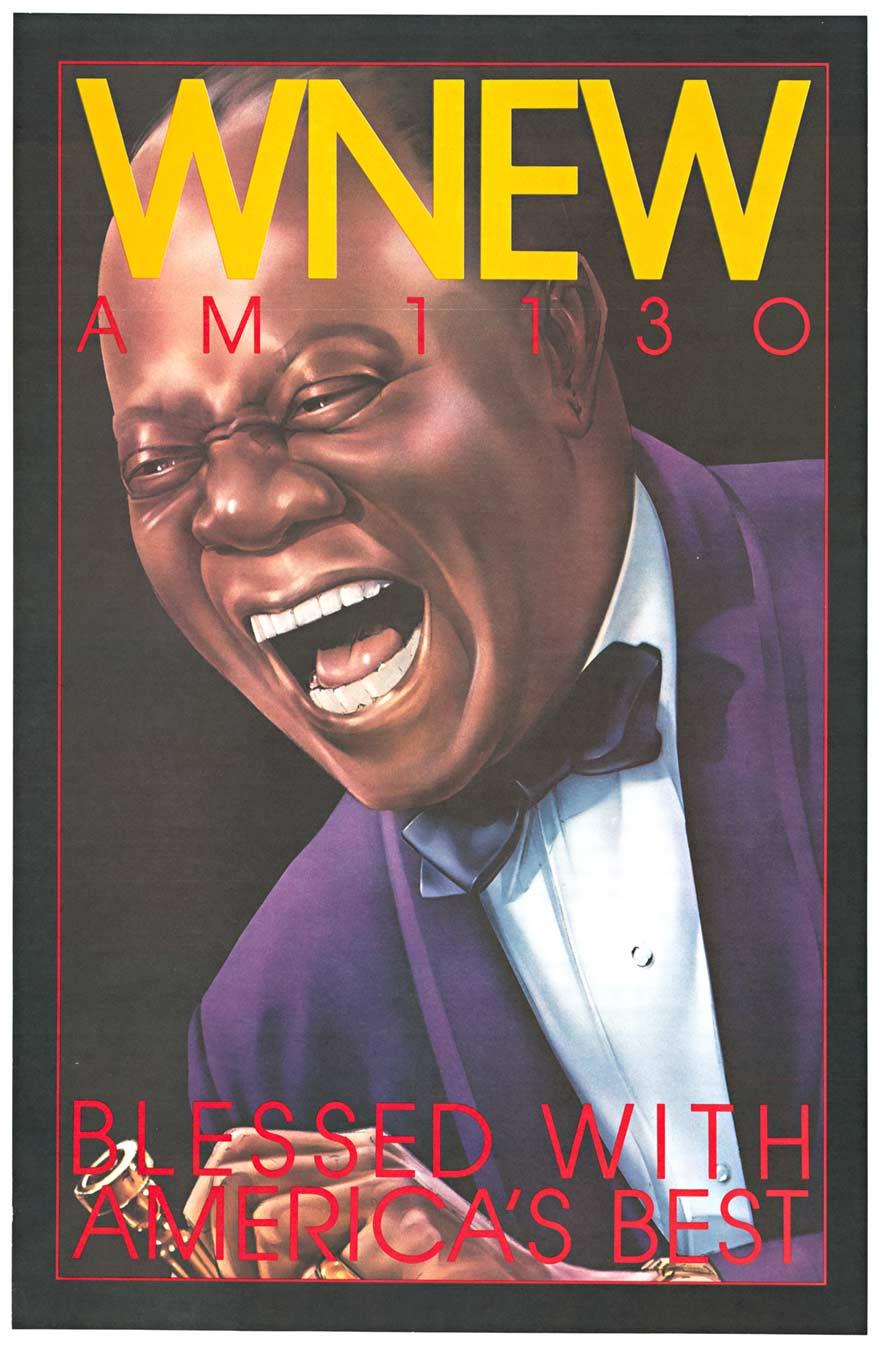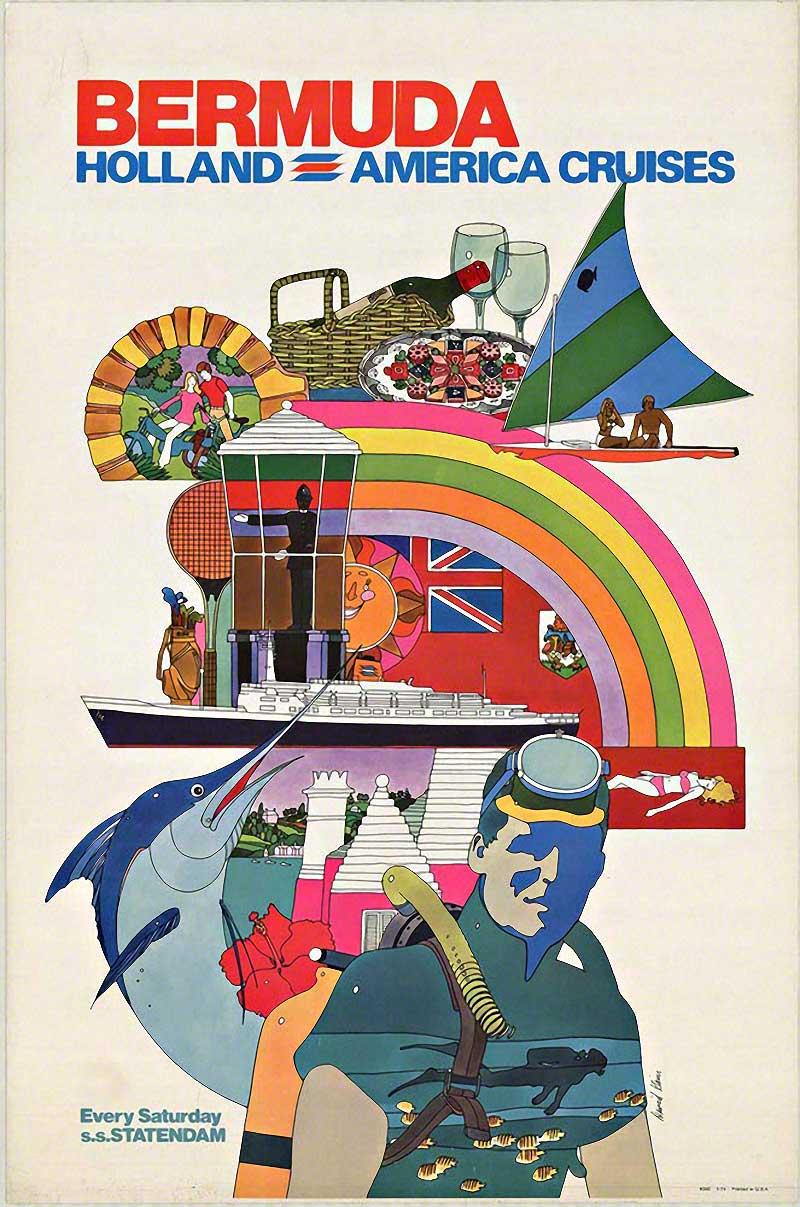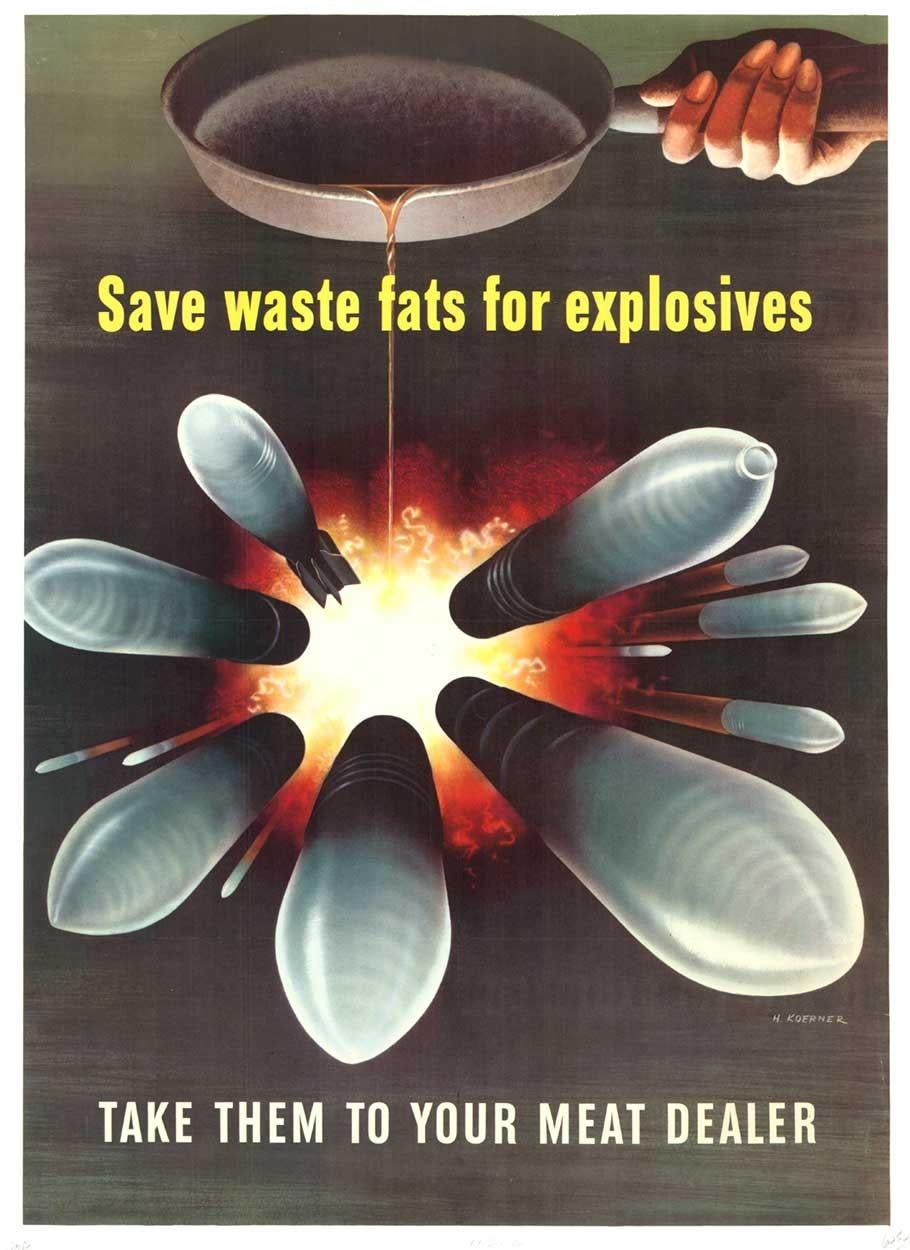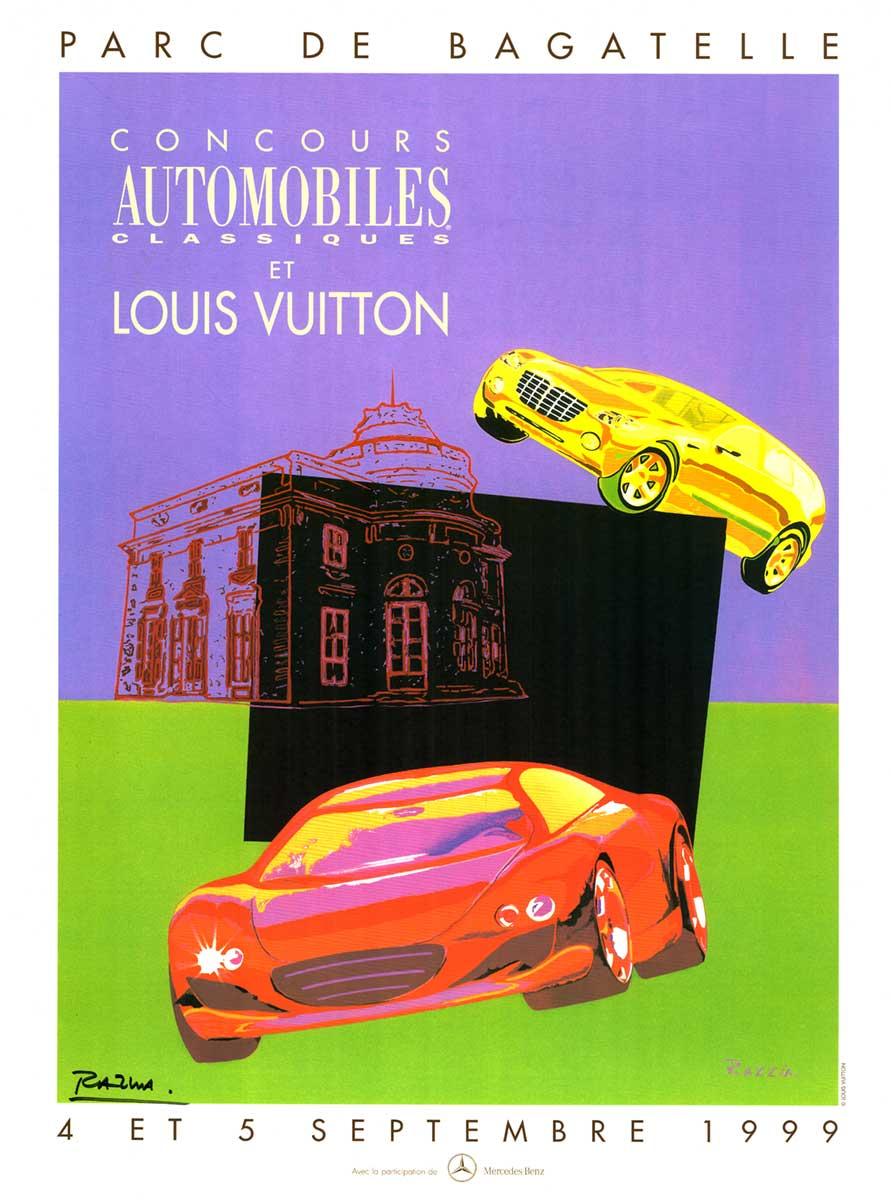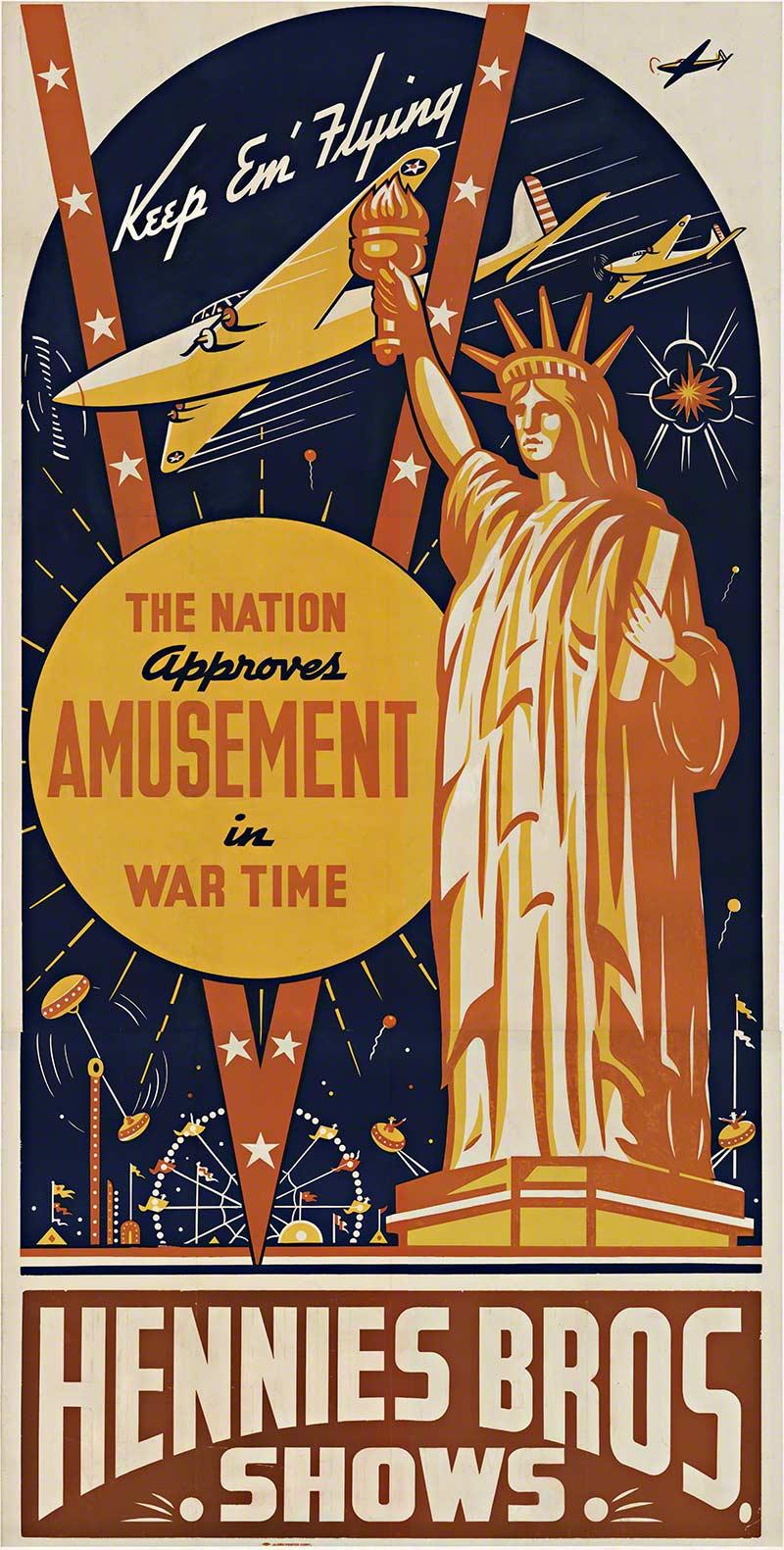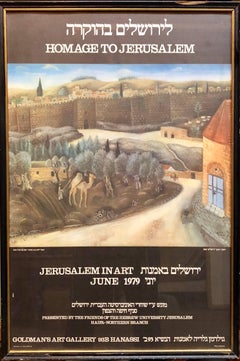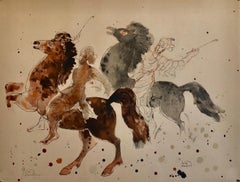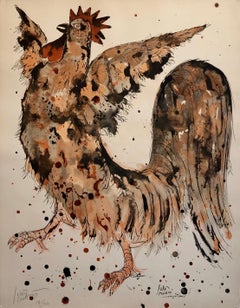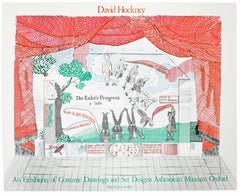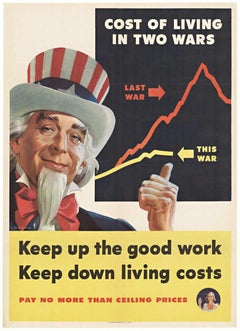
Offset Lithograph Poster Homage to Jerusalem Painting by Israeli Reuven Rubin
Want more images or videos?
Request additional images or videos from the seller
1 of 7
Reuven RubinOffset Lithograph Poster Homage to Jerusalem Painting by Israeli Reuven Rubin1979
1979
About the Item
- Creator:Reuven Rubin (1893 - 1974, Israeli)
- Creation Year:1979
- Dimensions:Height: 33.75 in (85.73 cm)Width: 22.75 in (57.79 cm)
- Medium:
- Movement & Style:
- Period:
- Condition:minor wear to frame.
- Gallery Location:Surfside, FL
- Reference Number:1stDibs: LU3822947243
Reuven Rubin
Reuven Rubin- (November 13, 1893 - October 13, 1974) was a Romanian-born Israeli painter and Israel's first ambassador to Romania. Rubin Zelicovici (later Reuven Rubin) was born in Galaţi to a poor Romanian Jewish Hasidic family. He was the eighth of 13 children. In 1912, he left for Ottoman-ruled Palestine to study art at Bezalel Academy of Art and Design in Jerusalem. Finding himself at odds with the artistic views of the Academy's teachers, he left for Paris, France, in 1913 to pursue his studies at the École Nationale Supérieure des Beaux-Arts. At the outbreak of World War I, he was returned to Romania, where he spent the war years.
In 1921, he traveled to the United States with his friend and fellow artist, Arthur Kolnik, with whom he had shared a studio in Cernăuţi. In New York City, the two met artist Alfred Stieglitz, who was instrumental in organizing their first American show at the Anderson Gallery. Following the exhibition, in 1922, they both returned to Europe. In 1923, Rubin emigrated to Mandate Palestine.
Rubin met his wife, Esther, in 1928, aboard a passenger ship to Palestine on his return from a show in New York. She was a Bronx girl who had won a trip to Palestine in a Young Judea competition. He died in 1974.
About the Seller
4.9
Platinum Seller
These expertly vetted sellers are 1stDibs' most experienced sellers and are rated highest by our customers.
Established in 1995
1stDibs seller since 2014
1,549 sales on 1stDibs
Typical response time: 1 hour
More From This SellerView All
- Offset Lithograph Poster Homage to Jerusalem Painting by Israeli Reuven RubinBy Reuven RubinLocated in Surfside, FLJerusalem themed poster of painting by Israeli Master. Reuven Rubin 1893 -1974 was a Romanian-born Israeli painter and Israel's first ambassador to Romania. Rubin Zelicovici (later Reuven Rubin) was born in Galati to a poor Romanian Jewish Hasidic family. He was the eighth of 13 children. In 1912, he left for Ottoman-ruled Palestine to study art at Bezalel Academy of Art and Design in Jerusalem. Finding himself at odds with the artistic views of the Academy's teachers, he left for Paris, France, in 1913 to pursue his studies at the École Nationale Supérieure des Beaux-Arts. At the outbreak of World War I, he was returned to Romania, where he spent the war years. In 1921, he traveled to the United States with his friend and fellow artist, Arthur Kolnik, with whom he had shared a studio in Cern?u?i. In New York City, the two met artist Alfred Stieglitz, who was instrumental in organizing their first American show at the Anderson Gallery.Following the exhibition, in 1922, they both returned to Europe. In 1923, Rubin emigrated to Mandate Palestine. Rubin met his wife, Esther, in 1928, aboard a passenger ship to Palestine on his return from a show in New York. She was a Bronx girl who had won a trip to Palestine in a Young Judea competition.He died in 1974 Artistic career Joseph Zaritsky...Category
1970s Modern Figurative Prints
MaterialsOffset
- Modern Israeli Lithograph Reuven Rubin Views Of Israel Judaica Horses, RidersBy Reuven RubinLocated in Surfside, FLLithograph printed by Chez Daniel Jacomet, Paris, France 1960 offset lithograph in colors on Arches, signed in crayon on the justification sheet (this auction is just for the one lit...Category
1960s Modern Figurative Prints
MaterialsLithograph, Offset
- Modern Israeli Lithograph Reuven Rubin Views Of Israel Judaica Crowing RoosterBy Reuven RubinLocated in Surfside, FLLithograph printed by Chez Daniel Jacomet, Paris, France 1960 offset lithograph in colors on Arches, signed in crayon on the justification sheet (this auction is just for the one lit...Category
1960s Modern Figurative Prints
MaterialsLithograph, Offset
- French Modernist Mourlot Lithograph Vintage Air France Poster Roger BezombesBy Roger BezombesLocated in Surfside, FLVintage French Travel Poster, Air france Roger Bezombes (1913-1994) French Bezombes was a painter, sculptor, medalist, and designer. He studied in Paris, at the École des Beaux-Arts, and was much influenced by his friendship with Maurice Denis. Heavily influenced by surrealism, He worked principally as a painter, adopting the saturated Fauvist colors of Henri Matisse in landscapes and figure studies often based on observation of “exotic” cultures, notably Mediterranean and North African. Constrained, because a very young orphan, to all kinds of professions which provide him with the material means to devote himself to painting - he participated in 1930 in the installation of the exhibition of the Bauhaus at the Grand Palais-, Roger Bezombes is student of the National School of Fine Arts in Paris. (Ecole des Beaux Artes) He was trained in the art of fresco by Paul Baudoüin, René Barotte nonetheless restores that the young man's preference goes to the practice of "truancy" which he uses to make copies at the Louvre Museum. It’s the time when Paul Gauguin’s paintings, Vincent Van Gogh and Henri Matisse are revealed to him by Maurice Denis with whom he will remain close until his accidental death, painting him on his funeral bed on November 14, 1943. He executed surrealist tapestry designs for Aubusson and Gobelin tapestries, posters (winning the Grand Prix de l'Affiche Francaise in 1984), costumes and sets for ballets at the Metropolitan Opera House in New York, reliefs and murals. In 1965 he took up medal-making, expressing in his numerous metallic works for the Paris Mint that obsession with found objects which is also evident in his large-scale sculpture and in his posters. He designed posters for Air France and for the French national railways. Roger Bezombes went to Africa for the first time in 1936 thanks to a travel grant and received the same year the second grand prize of Rome . In 1937 he traveled around Morocco where he became friends with Albert Camus. The year 1938 offered him both his first solo exhibition at the Charpentier gallery in Paris with paintings and gouaches on the theme of Morocco and the attribution of the national grand prize for the arts, earning him a great journey which , from Dakar to Algiers , takes it through Chad , Tamanrasset and Hoggar. Roger Bezombes became a professor at the Julian Academy in 1950. For him, 1951 was the year of a trip to Greece and the year where he began his relationship with tapestry work. Roger Bezombes visited Israel in 1953, Tunisia and Egypt in 1954. He was appointed official painter of the Navy in 1955. Pierre Mazars analyzes that “after a period where we notice the influence of Van Gogh and GeorgesBraque, particularly in his landscapes of Provence, he came to a more schematic writing, the colored spots and the thicknesses of material taking more of importance as the subject. He even performed composite works, half-watercolors, half-pasted papers, in which he incorporated pieces of newspapers”. He was elected titular to the Academy of Overseas Sciences in 1978. "The range of Bezombes' talent forms is remarkable,” writes Lynne Thornton, “ranging from paintings, murals, travel posters, tapestry cartons, book illustrations, monumental ceramic decorations, ballet and theater sets, totem sculptures, sculpture objects, jewelry and medallions”. He was part of the mid century mod School of Paris that included Leon Zack, Bernard Lorjou, Paul Augustin Aizpiri, Gabriel Godard, Michel Henry, Hans Erni, Bengt Lindstrom, Alfred Manessier, Andre Hambourg, Raymond Legueult and Jean Rigaud. Select Solo Exhibitions: 1938: Galerie Charpentier, Paris 1950, '53, '55, '57: Galerie Andre Weil, Paris 1953:Wildenstein Gallery, London 1954: Institut Francais, Cologne 1956: Galerie Matarasso, Nice 1957: Horn Gallery, Luxembourg; Guilde de la Gravure, Paris 1958: Denys-Puech Museum, Rodez 1962: Musee de l'Athenee, Geneva; Chateau Grimaldi, Cagnes-sur-Mer 1966: Galerie des Ponchettes, Nice 1967: Galerie Martel, Montreal 1968: Romanet-Vercel Gallery, New York; Reattu Museum, Arles; Le Corbusier Center, Firminy 1969: Galerie Philippe...Category
1980s Modern Abstract Prints
MaterialsLithograph, Offset
- French Modernist Mourlot Lithograph Vintage Air France Poster Roger BezombesBy Roger BezombesLocated in Surfside, FLVintage French Travel Poster, Air France Roger Bezombes (1913-1994) French Bezombes was a painter, sculptor, medalist, and designer. He studied in Paris, at the École des Beaux-Arts, and was much influenced by his friendship with Maurice Denis. Heavily influenced by surrealism, He worked principally as a painter, adopting the saturated Fauvist colors of Henri Matisse in landscapes and figure studies often based on observation of “exotic” cultures, notably Mediterranean and North African. Constrained, because a very young orphan, to all kinds of professions which provide him with the material means to devote himself to painting - he participated in 1930 in the installation of the exhibition of the Bauhaus at the Grand Palais-, Roger Bezombes is student of the National School of Fine Arts in Paris. (Ecole des Beaux Artes) He was trained in the art of fresco by Paul Baudoüin, René Barotte nonetheless restores that the young man's preference goes to the practice of "truancy" which he uses to make copies at the Louvre Museum. It’s the time when Paul Gauguin’s paintings, Vincent Van Gogh and Henri Matisse are revealed to him by Maurice Denis with whom he will remain close until his accidental death, painting him on his funeral bed on November 14, 1943. He executed surrealist tapestry designs for Aubusson and Gobelin tapestries, posters (winning the Grand Prix de l'Affiche Francaise in 1984), costumes and sets for ballets at the Metropolitan Opera House in New York, reliefs and murals. In 1965 he took up medal-making, expressing in his numerous metallic works for the Paris Mint that obsession with found objects which is also evident in his large-scale sculpture and in his posters. He designed posters for Air France and for the French national railways. Roger Bezombes went to Africa for the first time in 1936 thanks to a travel grant and received the same year the second grand prize of Rome . In 1937 he traveled around Morocco where he became friends with Albert Camus. The year 1938 offered him both his first solo exhibition at the Charpentier gallery in Paris with paintings and gouaches on the theme of Morocco and the attribution of the national grand prize for the arts, earning him a great journey which , from Dakar to Algiers , takes it through Chad , Tamanrasset and Hoggar. Roger Bezombes became a professor at the Julian Academy in 1950. For him, 1951 was the year of a trip to Greece and the year where he began his relationship with tapestry work. Roger Bezombes visited Israel in 1953, Tunisia and Egypt in 1954. He was appointed official painter of the Navy in 1955. Pierre Mazars analyzes that “after a period where we notice the influence of Van Gogh and GeorgesBraque, particularly in his landscapes of Provence, he came to a more schematic writing, the colored spots and the thicknesses of material taking more of importance as the subject. He even performed composite works, half-watercolors, half-pasted papers, in which he incorporated pieces of newspapers”. He was elected titular to the Academy of Overseas Sciences in 1978. "The range of Bezombes' talent forms is remarkable,” writes Lynne Thornton, “ranging from paintings, murals, travel posters, tapestry cartons, book illustrations, monumental ceramic decorations, ballet and theater sets, totem sculptures, sculpture objects, jewelry and medallions”. He was part of the mid century mod School of Paris that included Leon Zack, Bernard Lorjou, Paul Augustin Aizpiri, Gabriel Godard, Michel Henry, Hans Erni, Bengt Lindstrom, Alfred Manessier, Andre Hambourg, Raymond Legueult and Jean Rigaud. Select Solo Exhibitions: 1938: Galerie Charpentier, Paris 1950, '53, '55, '57: Galerie Andre Weil, Paris 1953:Wildenstein Gallery, London 1954: Institut Francais, Cologne 1956: Galerie Matarasso, Nice 1957: Horn Gallery, Luxembourg; Guilde de la Gravure, Paris 1958: Denys-Puech Museum, Rodez 1962: Musee de l'Athenee, Geneva; Chateau Grimaldi, Cagnes-sur-Mer 1966: Galerie des Ponchettes, Nice 1967: Galerie Martel, Montreal 1968: Romanet-Vercel Gallery, New York; Reattu Museum, Arles; Le Corbusier Center, Firminy 1969: Galerie Philippe...Category
1980s Modern Abstract Prints
MaterialsOffset, Lithograph
- Abstract Expressionist Hyman Bloom Judaica Hand Signed Poster Rabbi with TorahBy Hyman BloomLocated in Surfside, FLThis is not editioned. According to his wife this was done privately for his 80th birthday and just given to friends and family. they were not sold. This is from a group of very few that were hand signed by Hyman Bloom for his close friend the artist Martin Sumers. It depicts a 1955 charcoal drawing Rabbi with Torah. Provenance: Acquired from the Martin Sumers estate collection. Hyman Bloom (March 29, 1913 – August 26, 2009) was a Latvian-born American painter. His work was influenced by his Jewish heritage and Eastern religions as well as by artists including Altdorfer, Grünewald, Caravaggio, Rembrandt, Blake, Bresdin, James Ensor and Chaim Soutine. He first came to prominence when his work was included in the 1942 Museum of Modern Art exhibition "Americans 1942 -- 18 Artists from 9 States". MoMA purchased 2 paintings from the exhibition and Time magazine singled him out as a "striking discovery" in their exhibition review. His work was selected for both the 1948 and 1950 Venice Biennale exhibitions and his 1954 retrospective traveled from Boston's Institute of Contemporary Art to the Albright Gallery and the de Young Museum before closing out at The Whitney Museum of American Art in 1955. In a 1954 interview with Yale art professor Bernard Chaet, Willem de Kooning indicated that he and Jackson Pollock both considered Bloom to be “America’s first abstract expressionist”, a label that Bloom would disavow. Starting in the mid 1950s his work began to shift more towards works on paper and he exclusively focused on drawing throughout the 1960s, returning to painting in 1971. He continued both drawing and painting until his death in 2009 at the age of 9 Hyman Bloom (né Melamed) was born into an orthodox Jewish family in the tiny Jewish village of Brunavišķi in what is now Latvia, then part of the Russian Empire At a young age Bloom planned to become a rabbi, but his family could not find a suitable teacher. In the eighth grade he received a scholarship to a program for gifted high school students at the Museum of Fine Arts. He attended the Boston High School of Commerce, which was near the museum. He also took art classes at the West End Community Center, a settlement house. The classes were taught by Harold Zimmerman, a student at the School of the Museum of Fine Arts, who also taught the young Jack Levine at another settlement house in Roxbury. When Bloom was fifteen, he and Levine began studying with a well-known Harvard art professor, Denman Ross, who rented a studio for the purpose and paid the boys a weekly stipend to enable them to continue their studies rather than take jobs to support their families. He took Bloom and Levine on a field trip to the Museum of Modern Art in New York, where Bloom was impressed by the work of Rouault and Soutine and began experimenting with their expressive painting styles. In the 1930s Bloom worked sporadically for the Public Works of Art Project and the Federal Art Project (WPA), He shared a studio in the South End with Levine and another artist, Betty Chase. It was during this period that he developed a lifelong interest in Eastern philosophy and music, and in Theosophy. He first received national attention in 1942 when thirteen of his paintings were included in the Museum of Modern Art (MoMA) exhibition Americans 1942: 18 Artists from 9 States, curated by Dorothy Miller. MoMA purchased two of his paintings from that exhibition, and he was featured in Time magazine. The titles of his paintings in the exhibition reflect some of his recurring themes. Two were titled The Synagogue, another, Jew with the Torah; Bloom was actually criticized by one reviewer for including "stereotypical" Jewish images. He also had two paintings titled The Christmas Tree, and another titled The Chandelier, both subjects he returned to repeatedly. Another, Skeleton (c. 1936), was followed by a series of cadaver paintings in the forties, and The Fish (c. 1936) was one of many paintings and drawings of fish he created over the course of his career. Bloom was associated at first with the growing Abstract Expressionist movement. Willem de Kooning and Jackson Pollock, who first saw Bloom's work at the MoMA exhibition, considered Bloom "the first Abstract Expressionist artist in America." In 1950 he was chosen, along with the likes of de Kooning, Pollock, and Arshile Gorky, to represent the United States at the Venice Biennale. That same year Elaine de Kooning wrote about Bloom in ARTnews, noting that in paintings such as The Harpies, his work approached total abstraction: "the whole impact is carried in the boiling action of the pigment". In 1951 Thomas B. Hess reproduced Bloom's Archaeological Treasure in his first book, Abstract Painting: Background and American Phase, along with works by Picasso, Pollock, and others. Both de Kooning and Hess remarked on Bloom's expressive paint handling, a key characteristic of Abstract Expressionist painting. As abstract expressionism dominated the American art world, Bloom became disenchanted with it, calling it "emotional catharsis, with no intellectual basis." In addition, instead of moving to New York to pursue his career, he opted to stay in Boston. As a result he fell out of favor with critics and never achieved the kind of fame that Pollock and others did. He disliked self-promotion and never placed much value on critical acclaim. Many of Bloom's paintings feature rabbis, usually holding the Torah. According to Bloom, his intentions were more artistic than religious. He began questioning his Jewish faith early in life, and painted rabbis, he claimed, because that was what he knew. Over the course of his career he produced dozens of paintings of rabbis...Category
20th Century Modern Figurative Prints
MaterialsOffset
You May Also Like
- Vintage David Hockney poster Six Fairy Tales from the Brothers GrimmBy David HockneyLocated in New York, NYThis charming vintage poster commemorated the publication of David Hockney's Six Fairy Tales from the Brothers Grimm. The poster advertises a miniature ...Category
1970s Modern Animal Prints
MaterialsLithograph, Offset
- Vintage David Hockney Exhibition Poster Ashmolean Museum 1981By David HockneyLocated in New York, NYPoster produced for David Hockney’s 1981 exhibition at The Ashmolean Museum, Oxford, which displayed the sets and costumes he designed for the Glyndebourne Festival Opera’s 1975 prod...Category
1980s Modern Interior Prints
MaterialsOffset
- Original Keep Up the Good Work - Uncle Sam vintage WWII posterLocated in Spokane, WAOriginal poster: Keep Up the Good Work, Keep down living costs. Pay no more thjan ceiling prices. Original World War II; Uncle Sam. Artist: L. Helguera. Size: 20" x 27.75"...Category
1940s American Modern Portrait Prints
MaterialsOffset
- Original More Tomahawks for Our United Warriors Buy War Bonds vintage posterLocated in Spokane, WAOriginal linen-backed World War II antique poster. "More Tomahawks for Our United Warriors" Buy War Bonds now!. In this poster by Charles Presbeton...Category
1940s American Modern Figurative Prints
MaterialsOffset
- Original Southwest Amtrak vintage American travel by train vintage posterBy David KleinLocated in Spokane, WAOriginal Amtrak Southwest Amtrak … Takes You Clear Across America vintage travel poster. Amtrack … Takes You Clear Across America tr...Category
1970s American Modern Landscape Prints
MaterialsOffset
- Victoria Incres Line, Scandinavian Luxury Cruises original vintage posterLocated in Spokane, WALinen backed original vintage poster: Ms. Victoria Incres Line, All Italian Crew, Mediterranean; West Indies Luxury Cruises original poster. Colorful cruise line poster with a gold...Category
Late 20th Century American Modern Landscape Prints
MaterialsOffset
Recently Viewed
View AllMore Ways To Browse
Childrens Art Posters
New York Art Directors Poster
1920s French Posters
Rubin Rubin
Vintage 1920S Posters
1920S Vintage Posters
Retro Mets Poster
Retro Themed Posters
Vintage Fashion Poster Art Posters
1974 Poster Print
French World War I Posters
Retro Fashion Poster
1930s New York Poster
Native Poster
Exhibition Posters 1974
Lithograph Biblical
Retro 1920s Posters
1920s Retro Posters

